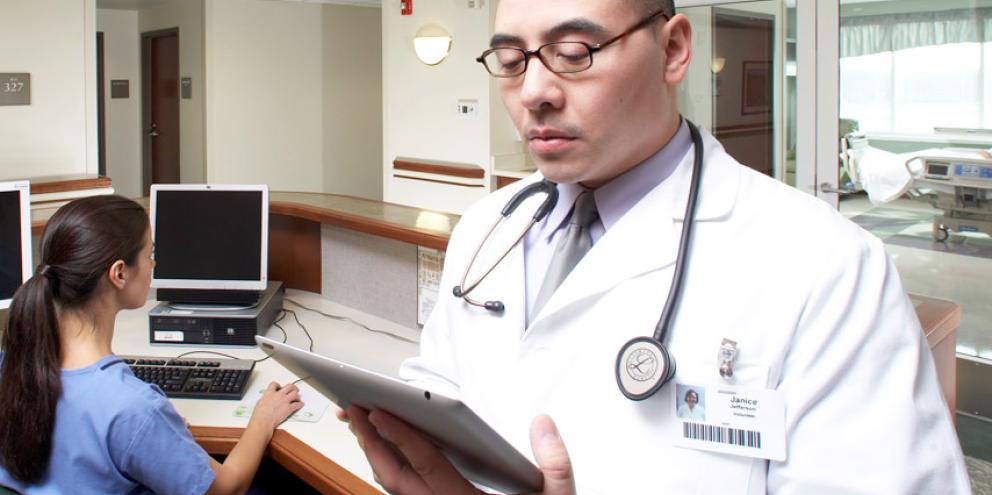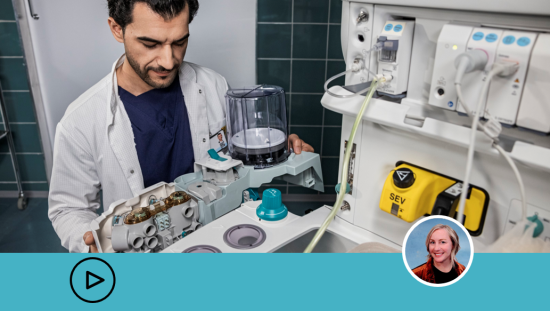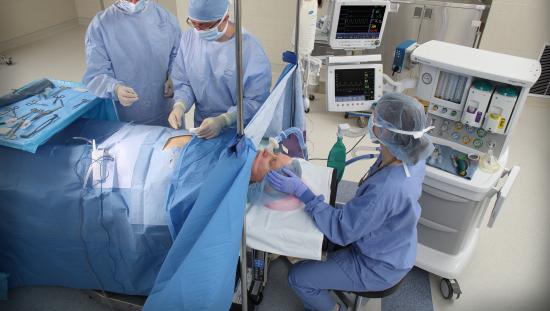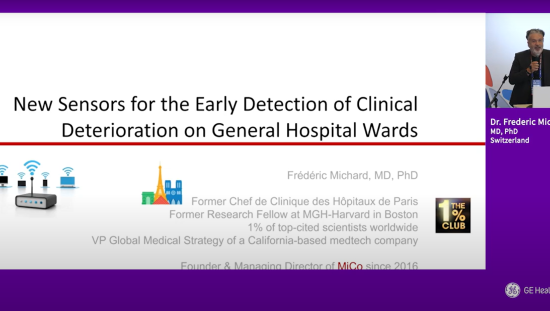Editorials and Review articles on continuous ward monitoring
Bates, D.W., et al. Finding patients before they crash: the next major opportunity to improve patient safety. BMJ Quality & Safety, 24:1-3 (2015).
Khanna, Ashish, et al. Automated continuous noninvasive ward monitoring: future directions and challenges. Crit Care, 23(1):194 (2019).
Michard, F. et al., One small wearable, one giant leap for patient safety? J Clin Monit Comput, https://doi.org/10.1007/s10877-021- 00767-0 (2021).
Michard, F., Kalkman, C. Rethinking Patient Surveillance on Hospital Wards. Anesthesiology 135, 531–540 (2021).
Michard, F., Khanna, A. Continuous Monitoring Beyond the ICU: The rise of mobile solutions. ICU Management & Practice 4, 297- 299 (2020).
Sessler, D., Saugel, B. Beyond ‘failure to rescue’: the time has come for continuous ward monitoring. British Journal of Anaesthesia, 122 (3): 304-306 (2019).
Vincent, J-L., et al. Improving detection of patient deterioration in the general hospital ward environment. Eur J Anaesthesiol, 35: 325-333 (2019).
Respiratory rate monitoring
Akel, M. et al., Less is more: Detecting clinical deterioration in the hospital with machine learning using only age, heart rate, and respiratory rate. Resuscitation, 168; 6-10 (2021).
Cretikos, M. et al. Respiratory rate: the neglected vital sign. MJA, 188(11):657-659 (2008).
Järvelä, K. et al. Clinical evaluation of a wearable sensor for mobile monitoring of respiratory rate on hospital wards. J Clin Monit Comput. 2022 Feb;36(1):81-86. doi: 10.1007/s10877-021-00753-6. Epub 2021 Sep 2. PMID: 34476669; PMCID: PMC8894146.(2022)
Keir E. J., et al. The accuracy of respiratory rate assessment by doctors in a London teaching hospital: a cross-sectional study. J Clin Monit Comput, 29:455–460 (2015).
Loughlin, P.C., et al. Respiratory Rate: The Forgotten Vital Sign – Make It Count! Jt Comm J Qual Patient Saf, 44(8) 494-499 (2018).
Semler, M.W., et al. Flash mob research: a single-day, multicenter, resident-directed study of respiratory rate. Chest, 143(6):1740– 1744 (2013). Continuous Monitoring in the Ward Publications Reference List
Foundational papers on adverse events in wards – shortcomings of current care practices
Churpek, M., et al. Predicting Cardiac Arrest on the Wards, A Nested Case-Control Study. Chest, 141(5):1170-1176 (2012).
Curry, J., Jungquist, C. A critical assessment of monitoring practices, patient deterioration, and alarm fatigue on inpatient wards: a review. Patient Safety in Surgery, 8:29 (2014).
Jones DA., et al. Rapid-response teams. N Engl J Med, 365(2):139-46 (2011).
Eddahchouri, Y., et al. Low compliance to a vital sign safety protocol on general hospital wards: a retrospective cohort study. International Journal of Nursing Studies (2020).
Nolan, J., et al. Incidence and outcome of in-hospital cardiac arrest in the UK National Cardiac Arrest Audit. Resuscitation, 85(8):987-92 (2014).
Pearse, R., et al. Mortality after surgery in Europe: a 7 day cohort study. Lancet 380: 1059-65 (2012).
Portuondo, J., et al. Failure to Rescue as a Surgical Quality Indicator. Anesthesiology, 131(2): 426-437 (2019).
Sun, Z., et al. Postoperative hypoxemia is common and persistent: a prospective blinded observational study. Anesth Analg, 121: 709-15 (2015).
Clinical trials / case studies on outcomes
Beard, JW., et al. Cost savings through continuous vital sign monitoring in the medical-surgical unit, Journal of Medical Economics, 26:1, 760-768, DOI: 10.1080/13696998.2023.2219156 (2013).
Brown, H., et al. Continuous monitoring in an inpatient medical-surgical unit: a controlled clinical trial. Am J Med 127(3):226–232 (2014).
Slight, S. P. et al. The return on investment of implementing a continuous monitoring system in general medical-surgical units. Crit Care Med, 42:1862–8 (2014).
Review articles, surveys and editorials on continuous ward monitoring
Michard, F. et al., Wireless wearables for postoperative surveillance on surgical wards: a survey of 1158 anaesthesiologists in Western Europe and the USA, BJA Open, Volume 1. (2022)
Not all products or features are available in all markets. Full product technical specification is available upon request. Contact a GE HealthCare Representative for more information.
Please visit www.gehealthcare.com/promotional-locations. Data subject to change.
© 2023 GE HealthCare
GE is a trademark of General Electric Company used under trademark license.
Reproduction in any form is forbidden without prior written permission from GE HealthCare.
Nothing in this material should be used to diagnose or treat any disease or condition. Readers must consult a healthcare professional.
JB02657XXv2 10/23
Ward Monitoring
Paint a future of secure, comprehensive monitoring for the ward






